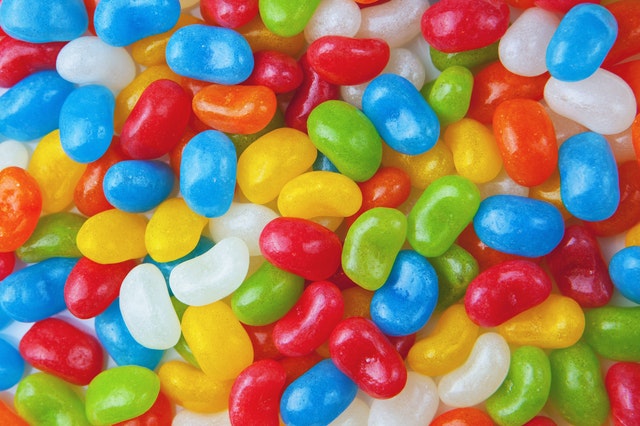You have probably seen super serious runner types ripping them open with their teeth and guzzling them down as they blaze past on the trails. But if you are new to endurance running, you have probably got enough to worry about with the endless training miles, sore legs, and spontaneous hunger, without thinking about how on earth you will be able to fuel up mid-run. But appropriate fuelling is key to the training and is often an overlooked part of most long run training preparation.
Sports gels are what many long-distance marathoners use to fuel their miles and make it to finish line without losing speed. But what are they, which are best and what do they contain? And more importantly, should you be using them?

When you run your body uses two sources of fuel to feed your muscles, fat and carbohydrates. The body relies on carbohydrates as its primary fuel source, while fat is widely available but it is slower releasing energy source, making it ineffective when running long-distance. However, the body can only store a limited amount of carbohydrates in our muscles, known as glycogen; at half marathon pace this is about 90 minutes of running and at marathon pace about 120 minutes of running. This means the average runner will be running low on glycogen stores about halfway through their marathon. If intensity is high or terrain is challenging burning through that stored energy will happen even more quickly. Consuming a simple sugar source in a gel shot, gummy cube, or jelly bean is how most endurance athletes meet their energy needs beyond the 90-minute mark. This is where sports gels come in. These gels comprise mainly of sugars, such as sucrose, fructose and glucose and maltodextrin, which are first absorbed into your bloodstream giving you a spike in energy and subsequently absorbed by working muscles and organs. Each gel typically provides between 20 and 30g of carbohydrate, which for the majority of us equates to approximately one third to one half of our carbohydrate needs per hour. Some gels may also provide other elements such as sodium, caffeine, and possibly protein and can be formulated to provide ‘multiple transportable carbohydrates’ in the right ratio to allow for higher hourly carbohydrate intakes with reduced risk of gastrointestinal distress. However, they are not essential, but a convenient fuelling option during long workouts or races.

There are different types of gels in the market. Most varieties are hypertonic, meaning they are more concentrated than body fluids and so need to be taken with water, otherwise they may cause stomach discomfort or, worse, come back up again. Isotonic gels, on the other hand have a thinner texture and often include key electrolytes such as potassium, sodium and magnesium to boost your hydration, hence can be taken without water, which may be more convenient. Some gels also provide caffeine, which can help make those later miles feel a little easier.
When is the best time to use energy gels for runners?
There's no right or wrong answer when it comes to timing your gel intake, as everyone processes sugar at a different rate. As a rule of thumb though, try having your first gel at around 60 to 75 minutes into your run and wait at least 45 minutes between each one. Most runners would feel them kick in within 15 minutes after consumption, depending on how quickly your body absorbs the simple sugar into your bloodstream. Worth noting is that if you feel like you are already hitting the wall, you have probably left it too long to take a gel.
What are some alternatives
if sports gel don’t work for you?

Other simple sugars such as jelly beans or orange slices are a good go-to that doesn’t require much chewing. Baby food is actually also a great alternative! It might sound a bit odd, but many baby food brands make resealable pouches of pure pureed fruit that are all-natural and might be easier on your stomach.
Last but not least, don’t forget hydration, relying on gels does not address fluid needs and consuming gels without fluid increases the risk of diarrhoea or cramping. Also, empty gel packets can be a sticky mess but please don’t litter, preserve our beautiful environment.






Comment (0)